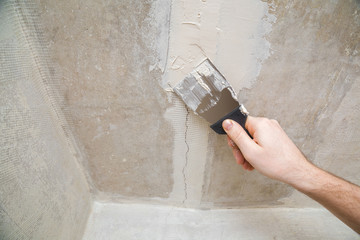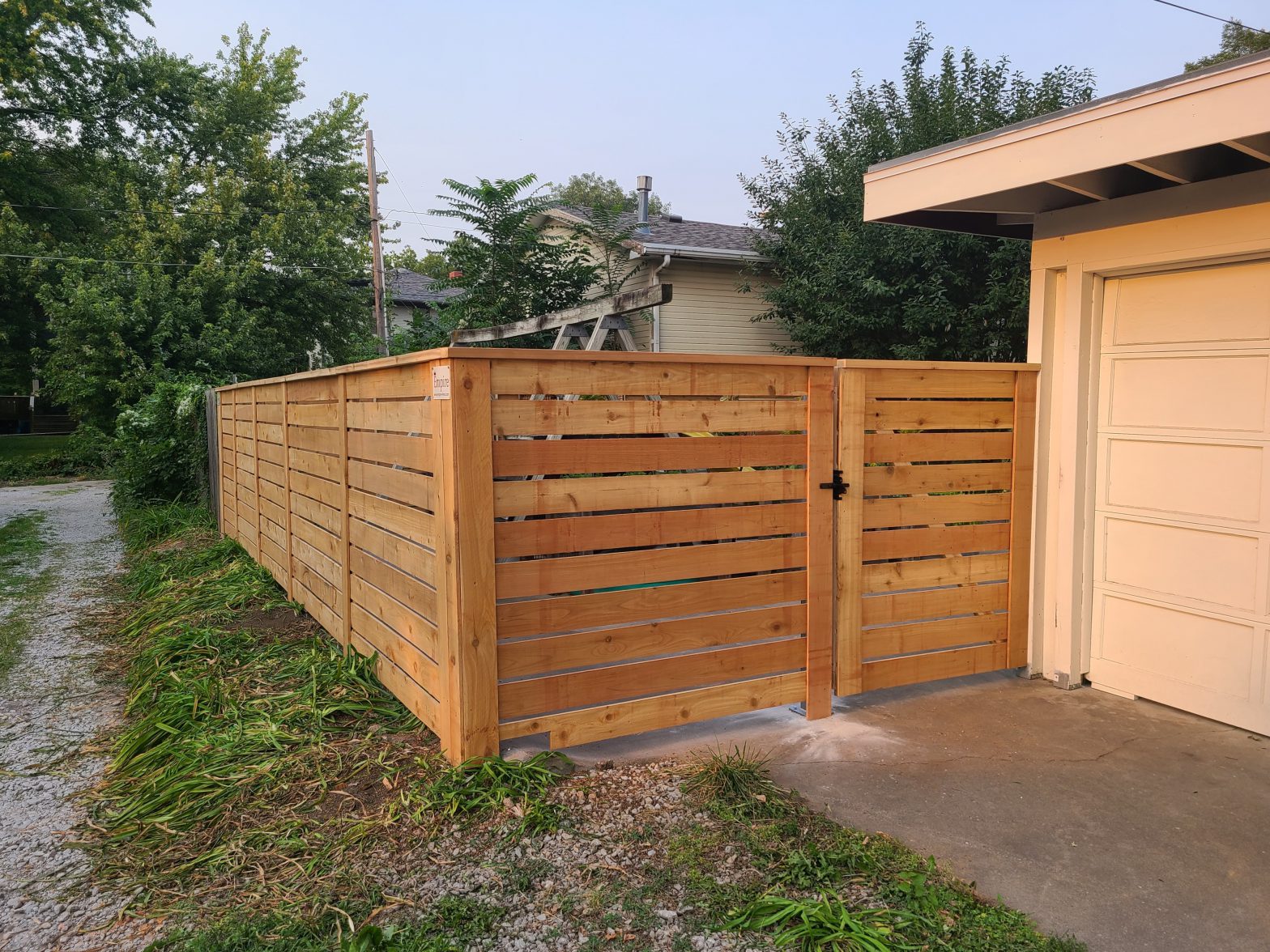Solar panels (also called photovoltaic cells) are an efficient way to generate clean, renewable energy. They use silicon to create electricity when photons hit them, releasing electrons that funnel into a current through a process known as the photovoltaic effect.
These electrons are passed to devices called inverters, which convert them into alternating current electricity your home can use. The inverters are connected to your circuit breaker, which distributes the energy throughout your home. Read on Solar Montana for more information.
Solar power is a great option for homeowners, businesses, and institutions that want to reduce their electricity costs. However, it’s important to understand the full cost of solar panel installation before making a decision. You should choose a reputable solar energy provider that offers clear quotes and a robust warranty to protect your investment. You should also avoid high-pressure sales tactics or shady deals that seem too good to be true.
The price of a solar power system depends on several factors, such as the type of panels, home size, and location. For example, a larger home needs more panels to produce the same amount of energy as a smaller house. Additionally, the type of roof will also influence the cost. Some roofs are better suited for solar panels than others, and the panels should be positioned to get maximum sun exposure.
In addition to the panels themselves, you’ll need a battery storage system and backup solar energy system (SBESS). These components will increase your overall system cost. Additionally, you’ll need racking or mounting hardware to install your solar panels. Finally, you’ll need to pay for labor costs, taxes, permitting and inspections, and the cost of a solar installation company.
Solar panel installation can be expensive, but it’s worth the investment in the long run. Not only will it save you money on your energy bill, but it’ll also increase the value of your property. Additionally, many states offer incentives that make going solar even more affordable. For example, New Jersey residents can benefit from a state tax credit and property-tax exemptions for their renewable energy systems.
The cost of solar panels varies across the country, but the average is around $4 per watt. You can find out the cost in your area by using an online tool. The Open PV project, a NREL initiative, collects data from solar industry stakeholders. Three DOE national laboratories – Lawrence Berkeley National Laboratory, National Renewable Energy Laboratory, and Sandia National Laboratories – gather the data from each stakeholder to avoid overlap.
The price of solar panels will vary depending on the manufacturer, panel type, and your home size. Monocrystalline panels made from a single silicon crystal are more efficient than polycrystalline, but they’re also more expensive. On the other hand, thin-film panels are less expensive and work well in low-light conditions.
Efficiency
A solar panel’s efficiency relates to its ability to convert sunlight into electricity. This is determined by both cell and system design. The more efficient a solar panel is, the more power it can produce for a given surface area. It also translates into lower installation costs and shorter payback periods. However, it is important to note that the performance of a solar panel will decline over time. The degradation rate is typically between 0.5% and 1% per year, making it necessary to monitor the system’s performance to ensure its long-term sustainability.
There are many factors that influence the efficiency of a solar panel, including its manufacturing process and material selection. In addition, the position and tilt angle of the panel play a significant role in its overall performance. Optimal positions are typically those that receive the most sunlight throughout the day, as well as in the winter. Moreover, a high angle of inclination will help to maximize energy production.
Solar panel efficiency is a key factor in determining the suitability of different energy systems, but it is just one of many critical considerations. Other important aspects include cost, durability and warranty terms. Quality manufacturing and proper maintenance will help to ensure that a solar panel performs at its peak for 2 to 3 decades.
Photovoltaic (PV) technology has improved significantly in recent years, with solar panel efficiencies rising from around 15% to 20% today. This has led to an increase in the power rating of standard-sized panels, which are now rated at 250-350 watts.
The efficiency of a solar panel is determined by its photovoltaic cells and the system in which it is installed. PV cells are made from crystalline silicon and are designed to transform solar radiation into electrical current. They can be divided into three categories: thin film, polycrystalline and monocrystalline. Thin-film solar cells are made by spraying or depositing amorphous silicon or cadmium-telluride materials onto glass or metal surfaces in thin films. These are usually cheaper than crystalline silicon cells, and they make up about a third of the market.
Maintenance
The maintenance of solar panel is an important task for ensuring that they are producing energy at their optimal level. This can be done through regular cleaning and inspections of the panels to ensure they are functioning properly. In addition, a regular maintenance schedule can help identify any issues that may need to be repaired, which can help reduce the overall cost of the solar system in the long run.
Solar panels need to be cleaned regularly in order to remove dirt, dust, bird droppings, and other debris that can affect their efficiency. The best time to clean solar panels is in the early morning or evening, when the surface of the panel is cooler. This helps prevent thermal shock and damage to the tempered glass. It’s also a good idea to avoid using chemicals or abrasive materials that could scratch the surface of the panels.
Cleaning solar panels is easy and can be done with a soft-bristled brush or a specialized solar panel cleaning kit. However, it’s recommended that homeowners hire a professional to handle this job, as it can be dangerous. Solar panels are often set up at an elevated height, and they can be hard to reach without a ladder or roof access. They also get very hot during the day, making them more prone to cracking or shattering if they are touched directly.
Other maintenance tasks for solar panels include trimming surrounding vegetation and mowing the area around the panels. Excessive growth of plants and trees can cause shading, which reduces the energy produced by the solar panels. If you notice a drop in energy production, it’s important to check the solar panel performance and contact your service provider right away.
While most homeowners can perform basic maintenance tasks on their own, it’s best to leave major repairs and maintenance work to a solar panel repair technician. Doing so can help prevent unauthorized repairs that can invalidate your warranty, and it’s also safer. It’s best to find a company that has extensive experience working on solar panels and can provide a full range of services.
Safety
Solar panels are susceptible to various weather-related hazards that can affect their functionality and longevity. This is why it is important to keep up with a regular maintenance regimen. It is also a good idea to hire a professional to take care of the solar panel installation and maintenance work, as they will know how to handle the electricity safely.
Workers performing installation and maintenance tasks on photovoltaic systems are susceptible to a variety of workplace injuries. They may suffer cuts or sprains while handling sharp tools and equipment. They may also be prone to slips or falls. The use of proper protective gear can minimize these risks.
Moreover, they are exposed to the elements, including wind, rain, and hail. This can cause physical damage to the panels, as well as inflict electrical problems that may affect their efficiency. These conditions should be taken into account when planning the layout of your solar energy system.
Inadequate safety precautions can lead to fatal accidents involving the solar panels. It is therefore important to ensure that all employees have adequate training and the right safety equipment when working with solar power. The implementation of a comprehensive and up-to-date emergency response plan is also critical. This will allow first responders to quickly identify and resolve any potential threats.
Besides, the implementation of an integrated fire safety system is a proactive approach to mitigate incendiary risks associated with solar panel infrastructures. The presence of smoke detectors and alarms facilitates rapid warning and detection, while the availability of fire extinguishers formulated for electrical hazards provides a robust defense schema against such perils.
Additionally, the implementation of a battery backup system is essential to provide immediate and consistent electricity during power outages. It can be especially useful for homeowners who live in areas prone to extreme weather conditions. Studies that have put solar panels through the test of time, however, have found no significant release of harmful toxins into the environment. This is due to the EVA encapsulation that prevents rainwater from entering solar panels.










